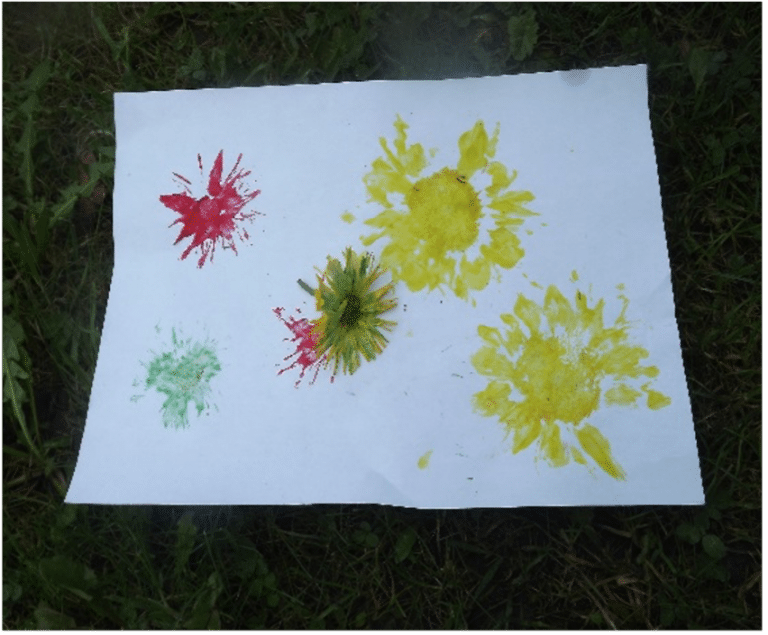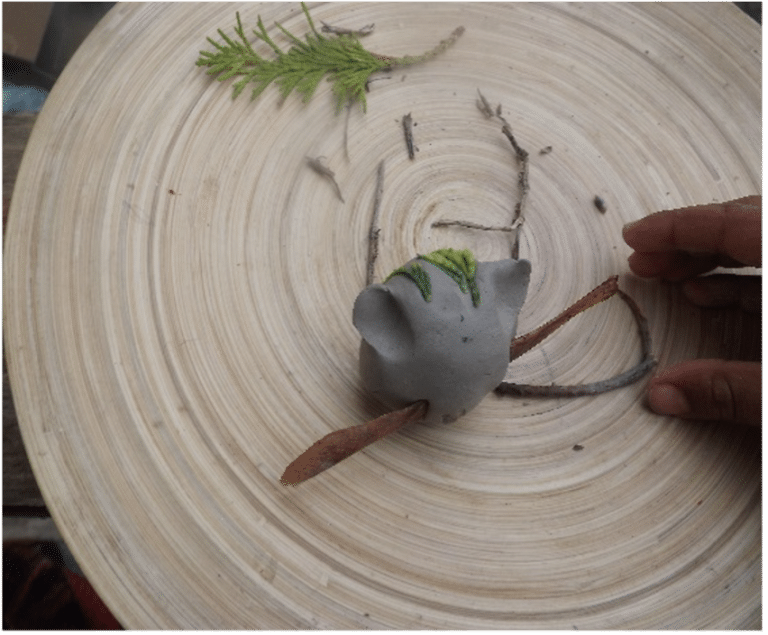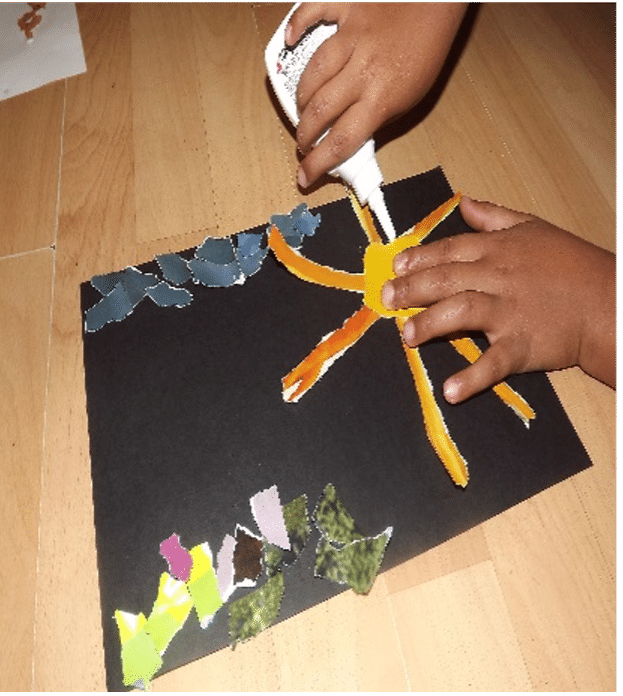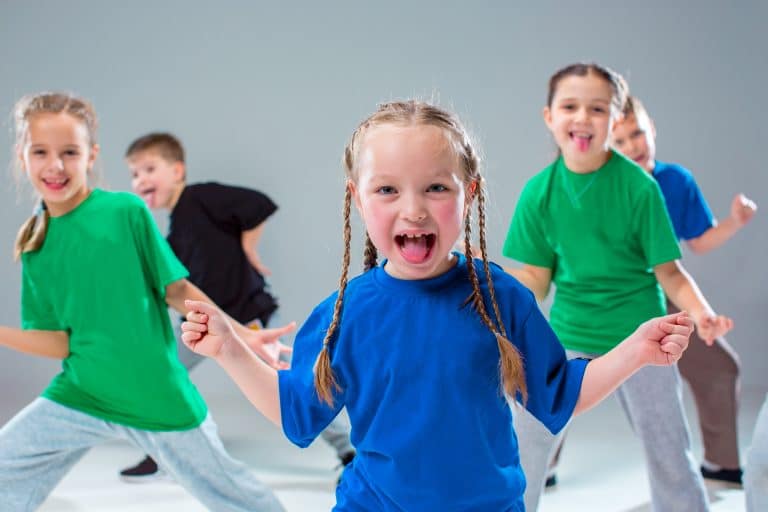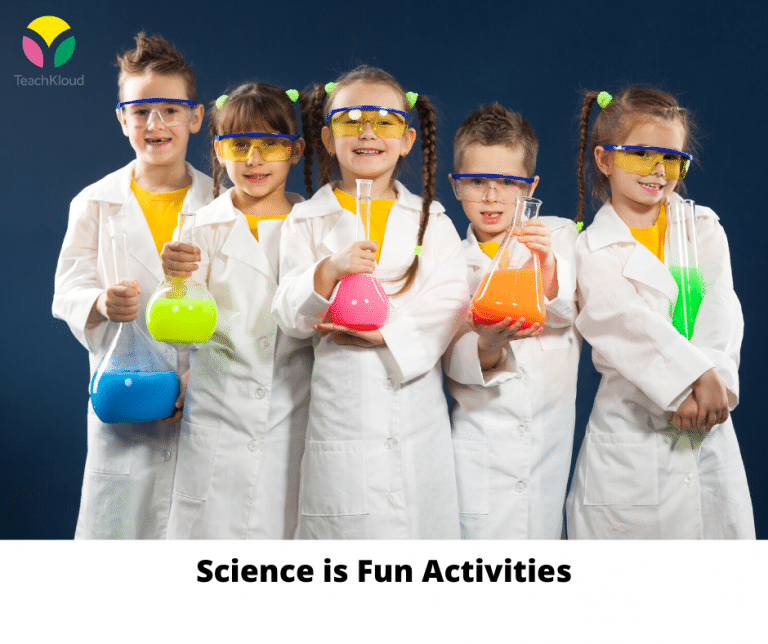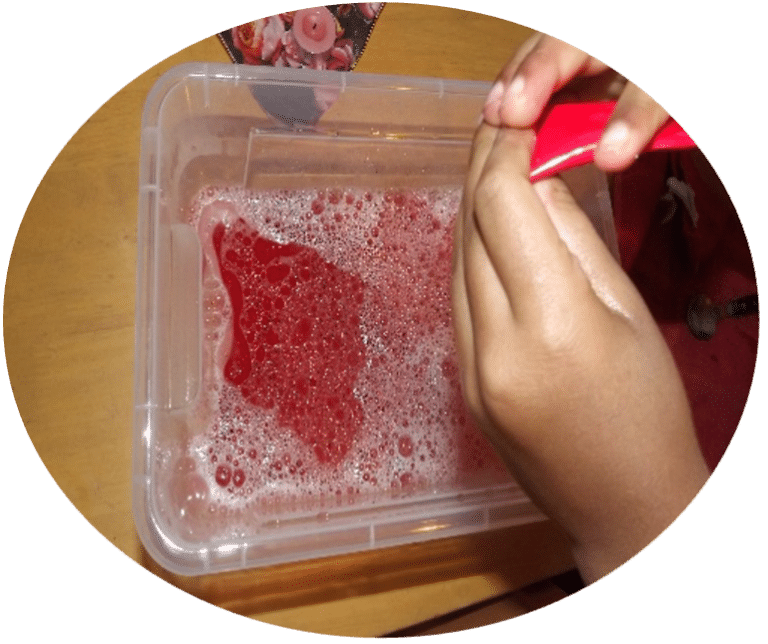There is so much to discover when we use our imagination!
“Imagination is more important that knowledge. Knowledge is limited. Imagination encircles the world” – Albert Einstein
Materials
- Natural materials: Rocks, logs, bark, moss, grass, branches, leaves, rocks, stones and sand
- Figures and animals, such as sea creatures, farm animals and dinosaurs
Learning Goals
- Imagination: Children use their imagination and higher-order thinking skills as they decide what materials to use, what the scene represents and how to create the scene
- Creating and playing together on one scene requires non-verbal and verbal communication. It also encourages teamwork
Process Description
Step 1
What are the children interested in and what type of small world scene and play ideas could work with this specific group of children? Base ideas on your knowledge of the children and educational expertise
Step 2
Children can discuss and plan what scene they want to create and what resources they might want to collect from the natural environment. The educator may read a book, such as The Gruffollo or watch a video with the children on a topic that aligns with their emergent interests and then decide with the children what scene to create. Examples of small world scenes include a habitat like a frog pond, a magical and far away land, a farm, a dessert island or even a day at the beach!
Step 3
Gather and display the materials that will be available for use. Tip: A nature walk can be organised to collect natural materials, the children can be encouraged to work with their parents to collect and bring in materials, the educator can choose a variety of materials or a combination of all three can be used to increase the diversity of materials available
Step 4
Various natural resources can be collected such as rocks, bark, moss, cones, shells, mud, sand and play-figures, animals and other items can be added to the play scene. Remember, you can use TeachKloud to create and share learning journals with parents. TeachKloud’s learning journals can also be used for next steps, reflections and analysis of learning areas and emergent interests.
Adaptation
Small world scenes can be created indoors and outdoors with small items. However, using bigger resources could invite children to use bigger animals (soft toys etc.) or create their own life size space.
If there is a digital camera available, encourage children to document their own learning, this can be extended to create a special group learning journal, art display with pictures or a video and a summary of the steps taken to create the scene.
Reflective questions
- Did the children enjoy the learning opportunity?
- What did I learn about my role as an educator during this learning opportunity?
- Could I have adapted the learning opportunity to reflect all children’s needs, abilities and interests?
- Based on the children’s engagement and interest, what are my next steps?
Looking and responding
Start by encouraging children to share their ideas on what type of small world scenes we can re-create using prompts or props such as videos, books or just allowing the children to explore using their imagination.
What type of materials will we use to make our scene? How will we make…? Do we have enough to make the whole scene? What do we have and what are we missing?
Author Bio
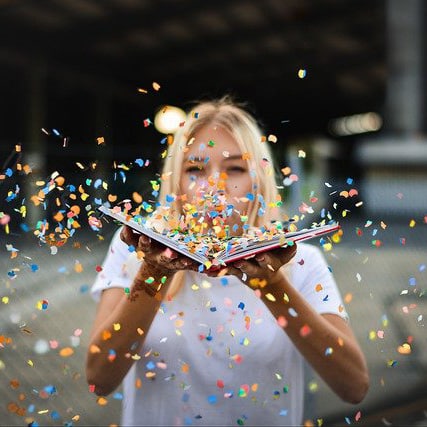
TeachKloud is a cloud-based management platform for early childhood educators and parents! Use TeachKloud to communicate and share ‘wow’ moments and important information with parents, document children’s interests, create learning journals and manage every aspect of staff and child records.


